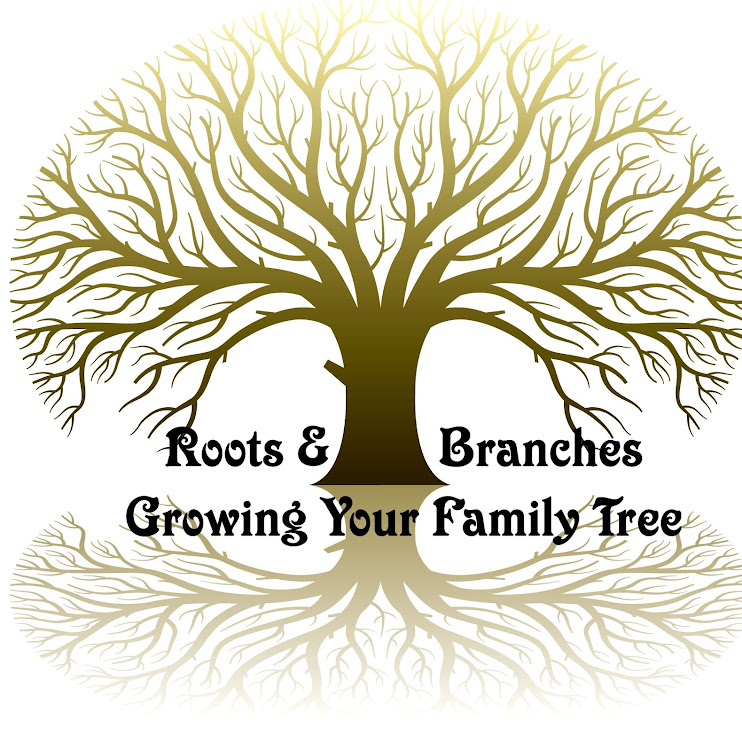Library of Congress, Digital Public Library of America To Form New Collaboration
This undoubtedly will affect many genealogists as more and
more records are added to the Digital Public Library’s database of
digital content records. Making such records available online results in
much easier access for all than the present methods. The following
announcement was written by the Library of Congress:

The
Library of Congress today signed a memorandum of understanding (MOU)
with the Digital Public Library of America to become a “content hub
partner” and will ultimately share a significant portion of its rich
digital resources with DPLA’s database of digital content records.
“We are pleased to make the Digital Public
Library of America a new door through which the public can access the
digital riches of the Library of Congress,” said Librarian of Congress
Carla Hayden. “We will be sharing some beautiful, one-of-a-kind historic
maps that I think people will really love. They are available online
and I hope even more people discover them through DPLA.”
“We couldn’t be more thrilled to
collaborate closely with the Library of Congress, to work with them on
the important mission of maximizing access to our nation’s shared
cultural heritage,” said DPLA’s Executive Director Dan Cohen, “and we
deeply appreciate not only the Library’s incredible collections, but
also the great efforts of the Librarian and her staff.”
The Digital Public Library of America is a
portal—effectively, a searchable catalog—that aggregates existing
digitized content from major sources such as libraries, archives,
museums and cultural institutions. It provides users with links back to
the original content-provider site where the material can be viewed,
read or, in some cases, downloaded.
The Digital Public Library of America, the
product of a widely shared vision of a national digital library dating
back to the 1990s, was launched with a planning process bringing
together 40 leaders from libraries, foundations, academia and technology
projects in October, 2010 followed by an intense community planning
effort that culminated in 2013. Its aim was to supersede the silo effect
many digitization efforts were subject to. Based in Boston, the board
of directors includes leading public and research librarians,
technologists, intellectual property scholars, and business experts from
across the nation. Its goal is to create “an open, distributed network
of comprehensive online resources that would draw on the nation’s living
heritage from libraries, universities, archives, and museums in order
to educate, inform, and empower everyone in current and future
generations.”
The Library of Congress expects to add a
significant portion of its digital items to the original trio of
collections over time, covering other collections such as photos, maps
and sheet music.
Library of Congress items already appear
in the DPLA database. Earlier in this decade, the Library digitized more
than 100,000 books in its collections as part of its membership in the
Hathi Trust and the Biodiversity Heritage Library, both current partners
with the DPLA. As a result, those books are already in the DPLA’s
collections through those partners.
The Digital Public Library of America
strives to contain the full breadth of human expression, from the
written word, to works of art and culture, to records of America’s
heritage, to the efforts and data of science. Since launching in April
2013, it has aggregated more than 14 million items from more than 2,000
institutions. The DPLA is a registered 501(c)(3) non-profit.
The Library of Congress is the world’s
largest library, offering access to the creative record of the United
States—and extensive materials from around the world—both on site and
online. The Library is the main research arm of the U.S. Congress and
the home of the U.S. Copyright Office. Explore collections, reference
services and other programs and plan a visit at loc.gov, access the
official site for U.S. federal legislative information at
congress.gov, and register creative works of authorship at
copyright.gov.
My thanks to newsletter reader Ernie Thode for telling me about this announcement.




 Millions of people are purchasing and using home DNA kits to determine their ancestry. The television program Inside Edition
enlisted the help of two sets of identical triplets and one set of
identical quadruplets to investigate the accuracy of the at-home tests.
The ancestry of each group should be absolutely identical since they all
came from the same egg.
Millions of people are purchasing and using home DNA kits to determine their ancestry. The television program Inside Edition
enlisted the help of two sets of identical triplets and one set of
identical quadruplets to investigate the accuracy of the at-home tests.
The ancestry of each group should be absolutely identical since they all
came from the same egg. The
Library of Congress today signed a memorandum of understanding (MOU)
with the Digital Public Library of America to become a “content hub
partner” and will ultimately share a significant portion of its rich
digital resources with DPLA’s database of digital content records.
The
Library of Congress today signed a memorandum of understanding (MOU)
with the Digital Public Library of America to become a “content hub
partner” and will ultimately share a significant portion of its rich
digital resources with DPLA’s database of digital content records.


